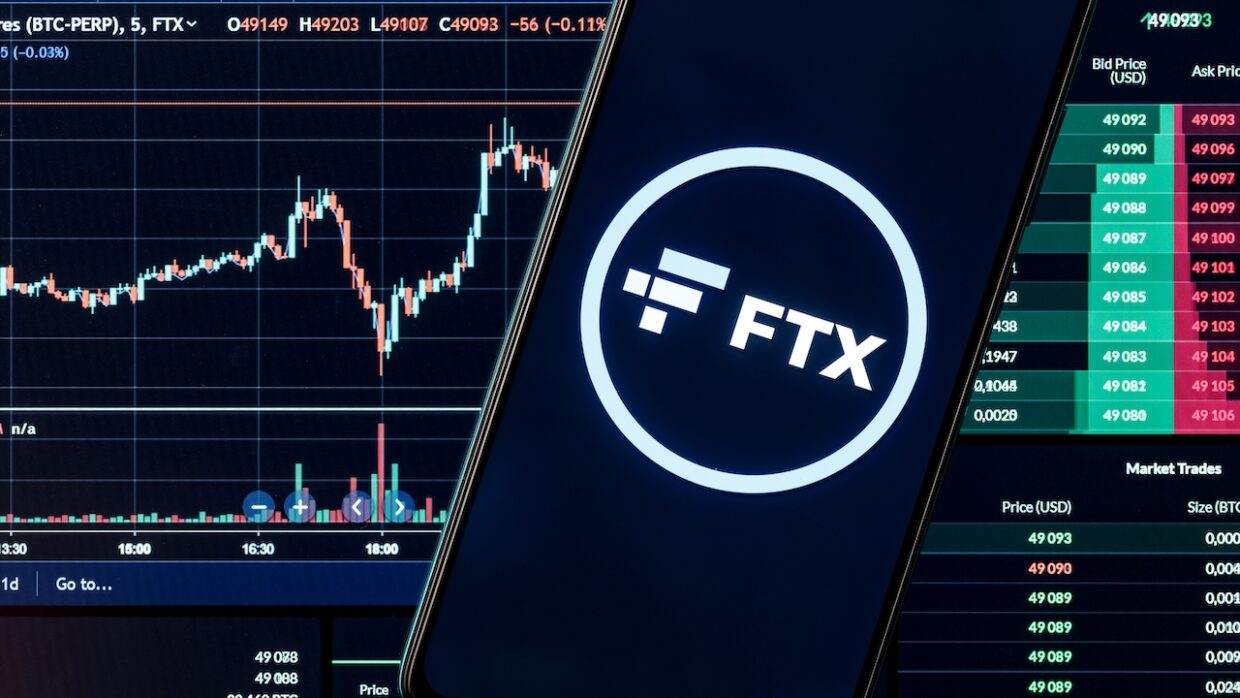The Bahamas-based cryptocurrency exchange FTX found itself in dire financial straits last week after its main competitor, Binance, walked away from a rescue deal on November 9. The deal would have provided around $4 billion in critical liquidity relief to allow FTX to continue processing customers’ withdrawal requests. In a statement, Binance said: “the issues are beyond our control or ability to help.”
The causes of FTX’s sudden downfall weren’t immediately clear. However, it was later revealed that FTX owner Sam Bankman-Fried had been using FTX funds, including considerable amounts of customer deposits, to support aggressive and risky crypto transactions by Alameda Research, a Hong Kong-based trading firm that he also owns.
Moreover, Bankman-Fried did not inform other FTX executives of the development until a November 2 report from crypto news outlet CoinDesk stated that Alameda’s balance sheet is full of FTT, the crypto token issued by FTX, which led to speculations on the financial health of Alameda and FTX. Alameda currently owes about $10 billion to FTX. Bankman-Fried tweeted on November 10 that Alameda is winding down its trading, though it isn’t clear how the latter will be able to pay back FTX. He said his team is approaching other crypto entrepreneurs for potential rescue.
The FTX saga reveals the risks of unethical business practices in the crypto sector, where the regulatory mechanism is still underdeveloped. For instance, it is unknown if customers can get their deposits back, like in the real world, after their misuse by a crypto exchange. The shaken confidence in cryptocurrencies has started to impact the crypto art sector as well. OpenSea’s daily NFT trading volume on Solana and Ethereum both witnessed a significant decline in recent days. NFT prices also dropped sharply on FTX’s own NFT marketplace.
On November 11, FTX announced that it, along with 130 additional affiliated companies that include Alameda Research, has filed for Chapter 11 bankruptcy in the U.S. Bankman-Fried has also stepped down from his role as CEO of FTX, replaced by John J. Ray III, who has a reputation of being able to turn around beleaguered companies.
However, the impact of the FTX scandal transcends beyond the fate of the company. Confidence in the crypto art market won’t be fully restored until major crypto exchanges can prove their trustworthiness. Given that there were few signs that FTX was in deep financial trouble before its bankruptcy, new regulatory measures are likely needed in order to safeguard investors’ confidence. The big question going forward is: how could this impact a cultural sector in which museums and galleries have turned to NFTs as revenue streams and curatorial extensions?



